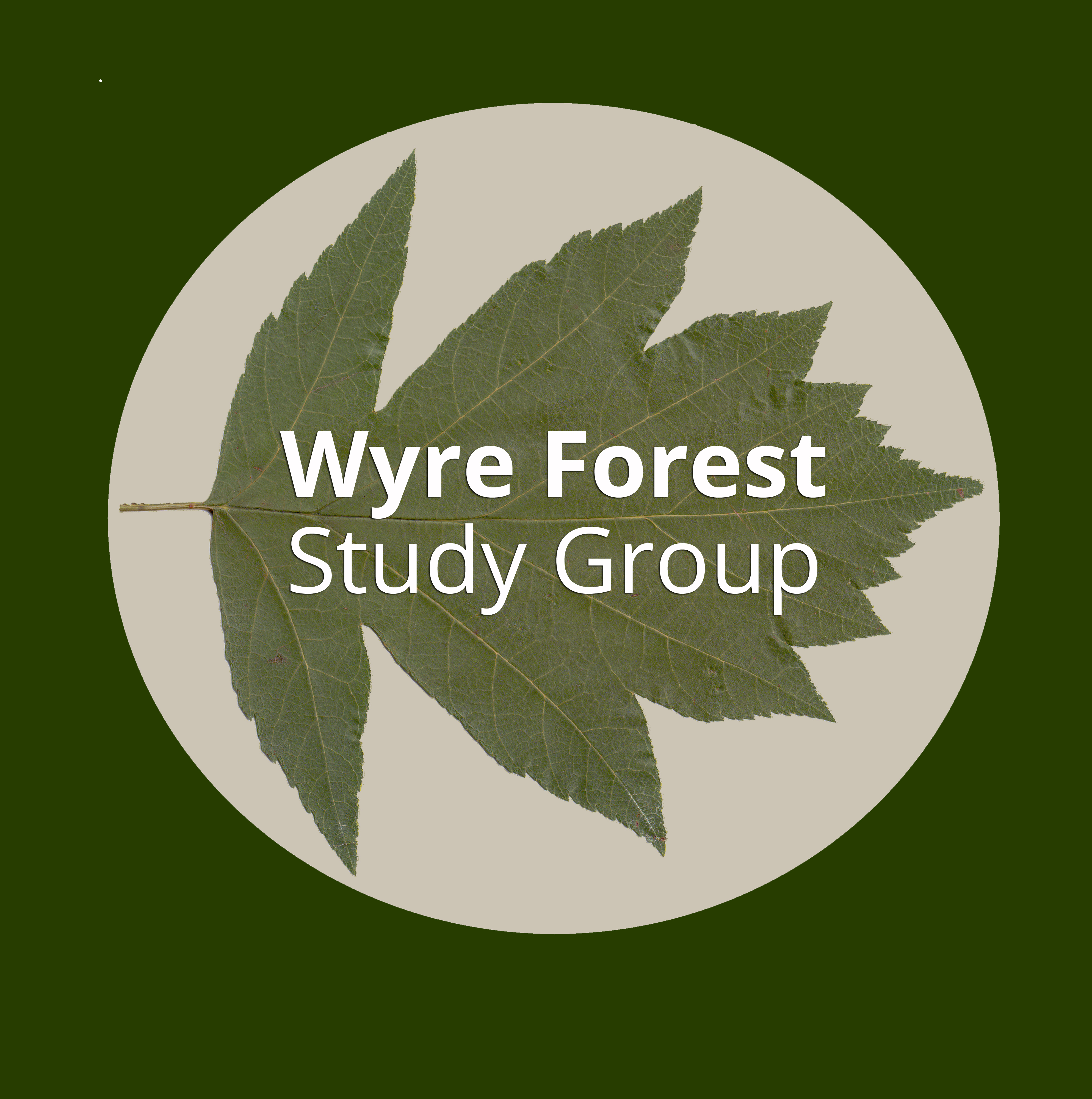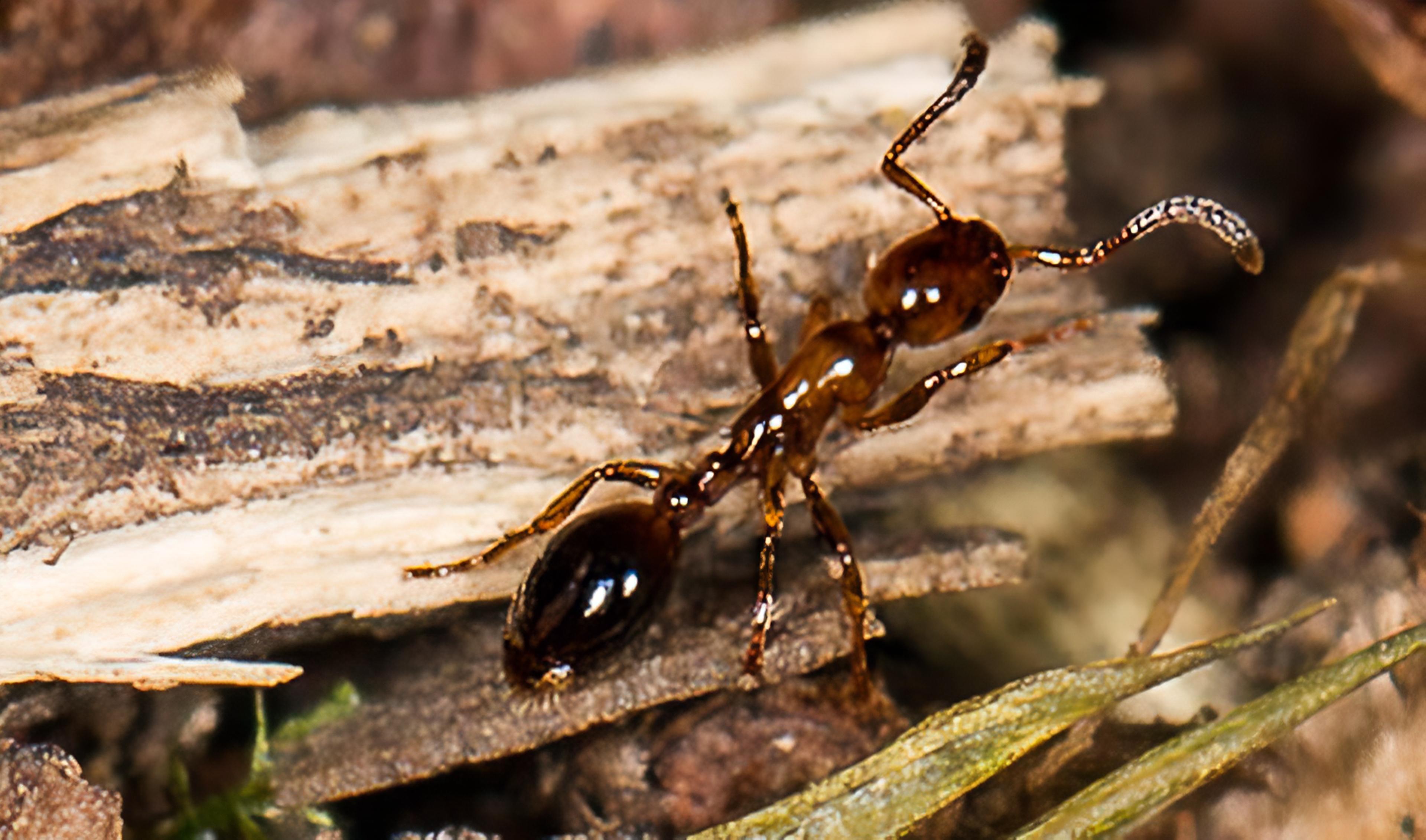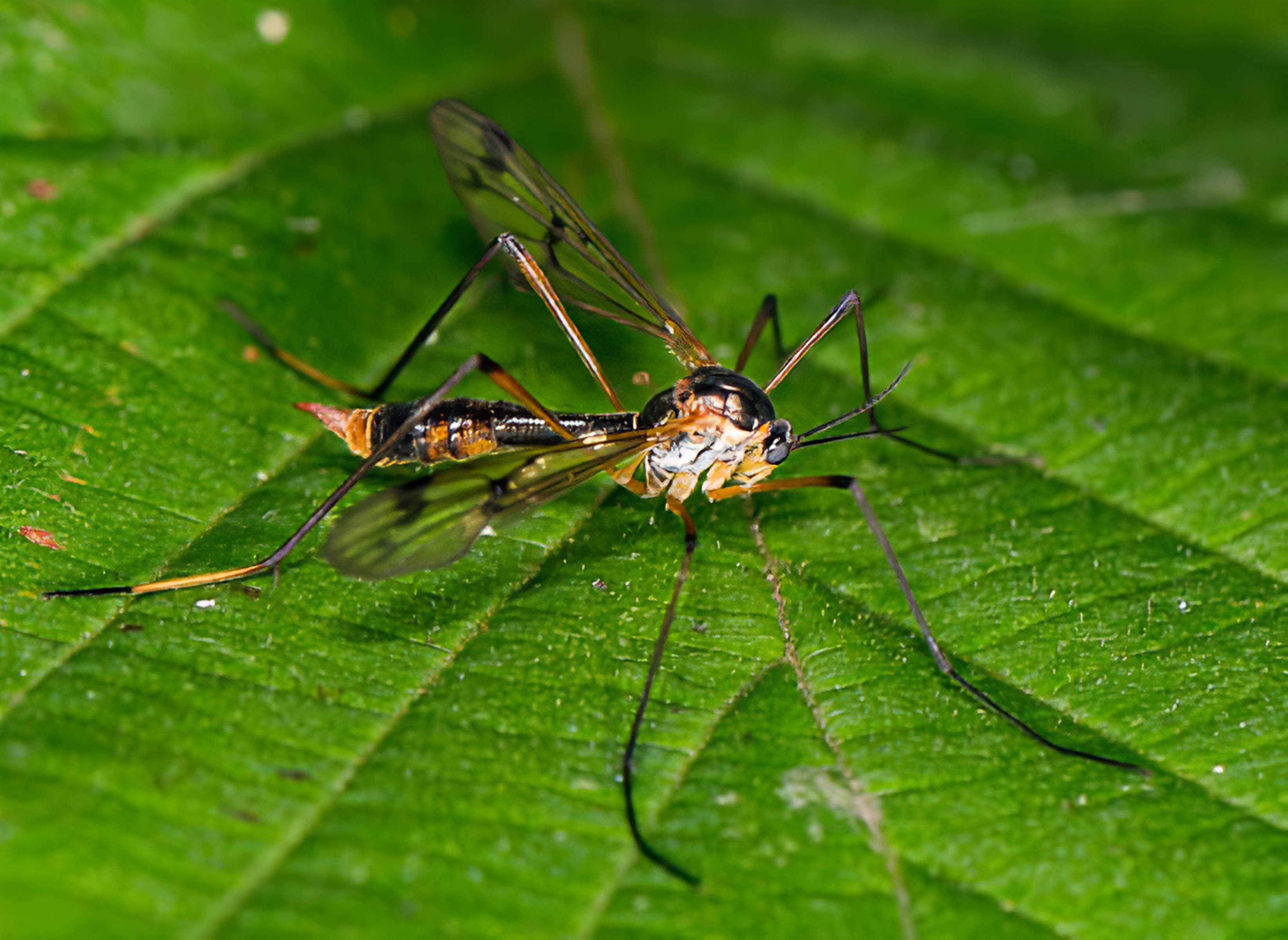With just a hint of the autumn colours to come, members of the Study Group met to survey an area of the forest that has very few biological records to date. With no real species ‘hit list’ in mind, we set off at a determined but relaxed pace, spreading out as we moved forward, with the numerous eagle-eyed experts among us scanning the woodland landscape for possible new records. It wasn’t long before the sound of pens on notepads could be heard as records for bryophytes and woodland plants were compiled, accompanied by the soft swish of sweep nets in the undergrowth.
Even the casual visitor to the forest is unlikely to miss the piled heaps of pine needles that indicate the presence of one of the UK’s largest ants, the Southern Wood Ant – Formica rufa. These nests can grow to a large size with many 10s of thousands of ants in evidence. Often, from a distance, the surface of the heap can appear to seethe with movement.
On closer inspection, the wood ants with their intimidating jaws and ability to squirt jets of formic acid in defence will usually deter any but the most inquisitive. So, the sight of members of the Group gingerly inspecting the surface of an ant mound would at first appear to be somewhat foolhardy.
However, it was soon explained that this was the perfect time of year to see a very unusual relationship. Among the fierce wood ants, it was just possible to spot the Shining Guest Ant – Formicoxenus nitidulus. This tiny 2-3 mm ant can be found living and breeding inside the nest mounds of the much larger Wood Ant, but you do need very good eyesight to see it, not to mention nerves!




